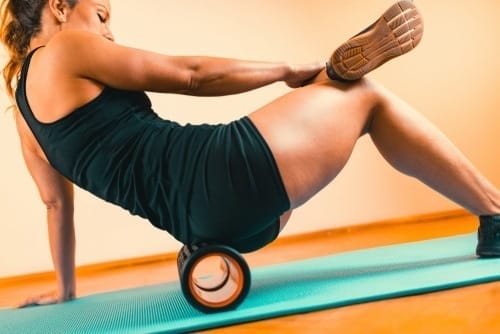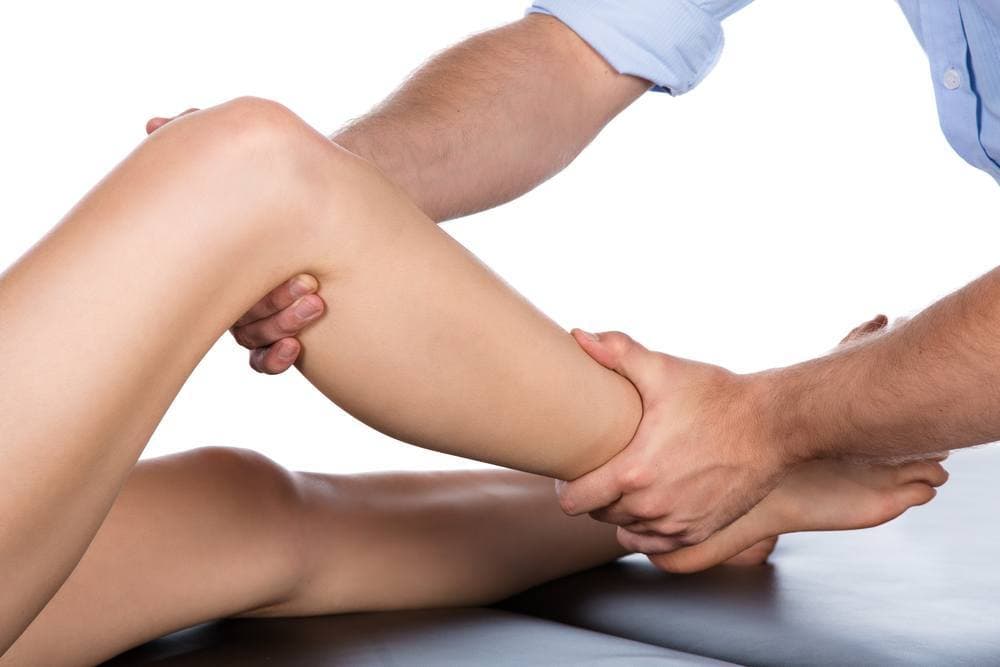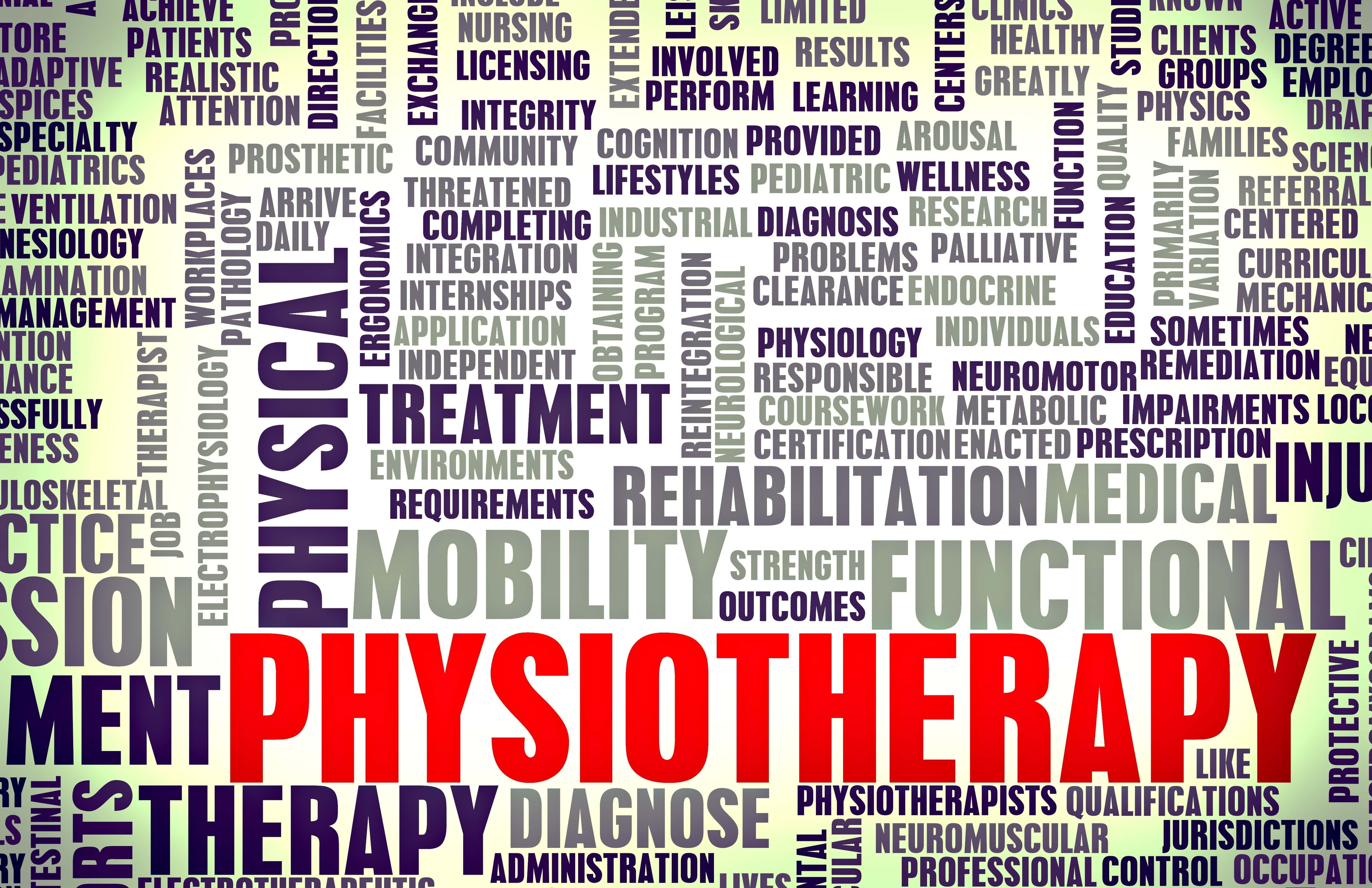Combat Arts Workout Recovery Overview
A word everyone should use; but dreads to hear and a reality no one wants to face. No matter if it’s over-training recovery complete with exhaustion and achy muscles, acute injury recovery, or chronic joint issues—the recovery process is not fun. Ideally, of course, the joints stay strong and flexible, muscles loose and powerful, movements fluid, and body moving as one integrated unit.
The risk of injury from martial arts is low compared to other contact sports. Most injuries are to the limbs & are usually mild to moderate such as bruises or cuts.[1]
In reality, most martial artists have thrown out a knee before, had an inexplicably painful elbow wake them in the middle of the night, or tight, knotted shoulders and spasming back muscles require intensive recovery therapy.
The recovery section is designed to give insight to the martial artist who needs a little clarity on proper direction with a current or chronic issue, and direct awareness to possible solutions for those interested in understanding just how to get from ‘here to there,’ with improving general and specific recovery issues.
Martial Arts Training Recovery Methods
There are just as many roads to recovery as there are paths to needing it. There are many very small, but extremely important ways to strengthen muscles, joints, veins and cardiovascular, clarify focus and attention, kick-start the immune system, relieve exhaustion, increase endurance, and get the body into insane shape. This section will discuss aspects of recovery, flexibility, hydration, basic body physiology, and different approaches for treatment if an unforeseen setback is experienced.

Martial artists who regularly do major events may want to check out the sauna section, regular and ice baths, kinesio taping for pain and recovery, acupuncture section for knee issues and chiropractors for neck and spinal recovery issues. The beauty of it, too, is almost every recovery technique in this area does at least double duty, increasing red blood cell, oxygen and immune system function, which pops endurance into high gear, for instance.
Saunas, for example, clean the system of poisons and impurities, while simultaneously strengthening veins, increasing heart and lung health, and massively upping fat loss, and massively increasing physical conditioning.
Workout Recovery Techniques
It pays to know what to do with that battered hand and burning elbow, pulled metatarsal, chronically exhausted body or grumpy attitude. There are many recovery techniques that address short or long term issues, loosen hard, knotted muscles, support brain recovery from pounding or concussion, and increase immune system function.
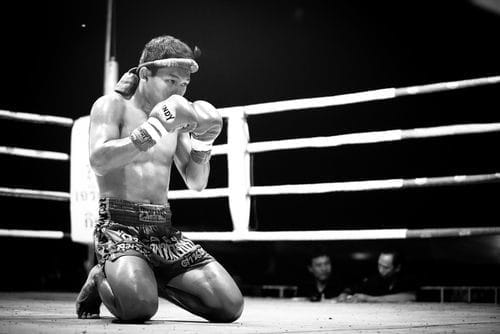
Many of these are home or self care options, or get it at the gym, like saunas, stretching, and massages. Or know when to order martial arts pain and recovery products like dit da jow, kinesiotaping kits, Low Level Light Therapy or cupping home units, and when to go to a doctor, chiropractor, acupuncturist, naturopath or herbal expert.
Three Categories of Workout Recovery
Recovery is not a simple one plus one kind of subject. The type of physical issues involved, type of martial arts practiced, basic level of health, acute or chronic problem, etc., all dictate recovery method and healing approach required.
Physical Recovery after Intensive Training or Event
Scheduled Long Term Recovery
Acute and/or Chronic Injury Recovery Methods
Importance of Workout Recovery for Martial Artists
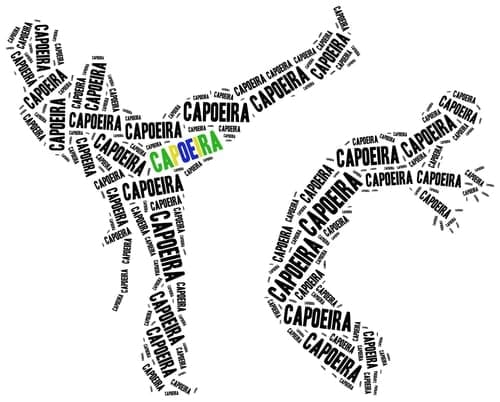
Martial artists understand the importance of specific training approaches, such as burpees, pushups, interval training, aerobic, and sparring to max out muscle and breath control, muscle strength and flexibility to push guard. The need for rest and recovery is often less understood. Few martial artists and athletes realize that muscle and bones are not strengthened during exercise, but only during sleep, rest, and downtime.
If the body is pushed without sufficient rest and recovery time conditioning will likely hit a plateau or even decrease. The recovery period is essential to getting ripped and building monster fight skills.
Recovery is when the body adapts to exercise-induced stress, strengthens and repairs micro-damage to muscle and bone tissue, replenishes muscle glycogen, the body’s energy stores, and provides time for the body tissue to repair.
During recovery there is continuous removal of metabolic end products, including lactate. Recovery allows the body to reestablish intramuscular blood flow and oxygen delivery, renews phosphocreatine which allows more synthesis of ATP to restore strength, balances muscular pH, and many other essential physiological activities.
There are certain recovery techniques such as saunas, LLLT, etc., that also renew and repair cells, muscles, and the body. But not allowing for adequate recovery and rest time is a surefire recipe for neural, emotional, general physical exhaustion and overtraining.
Recovery and rest allow the body time to repair and strengthen between workouts, along with psychological and emotional repair.
Gender and Muscle Groups Make a Difference In a Fast Recovery
It turns out that fit women are better able to sustain low to mid-level training stress for longer periods of time than similarly fit men because women have a greater resistance to fatigue. This is an important factor when it comes to recovery. Another factor in recovery involves the different muscle groups utilized in training and fighting, since larger muscle mass groups utilizing ground based movements such as squats, deadlifts, and certain kicks require more rest than smaller muscle groups.
Rest & Recovery are Crucial for Performance
We Can Help You Rest Well So You Perform Well!
New Approaches To Martial Arts Workout Recovery and Optimal Fitness
The Western medical approach has many fine features that make it the option of choice when dealing with surgical and emergency health situations, but it falls short when searching for less invasive, more finely tuned approaches to recovery, fitness, and health.
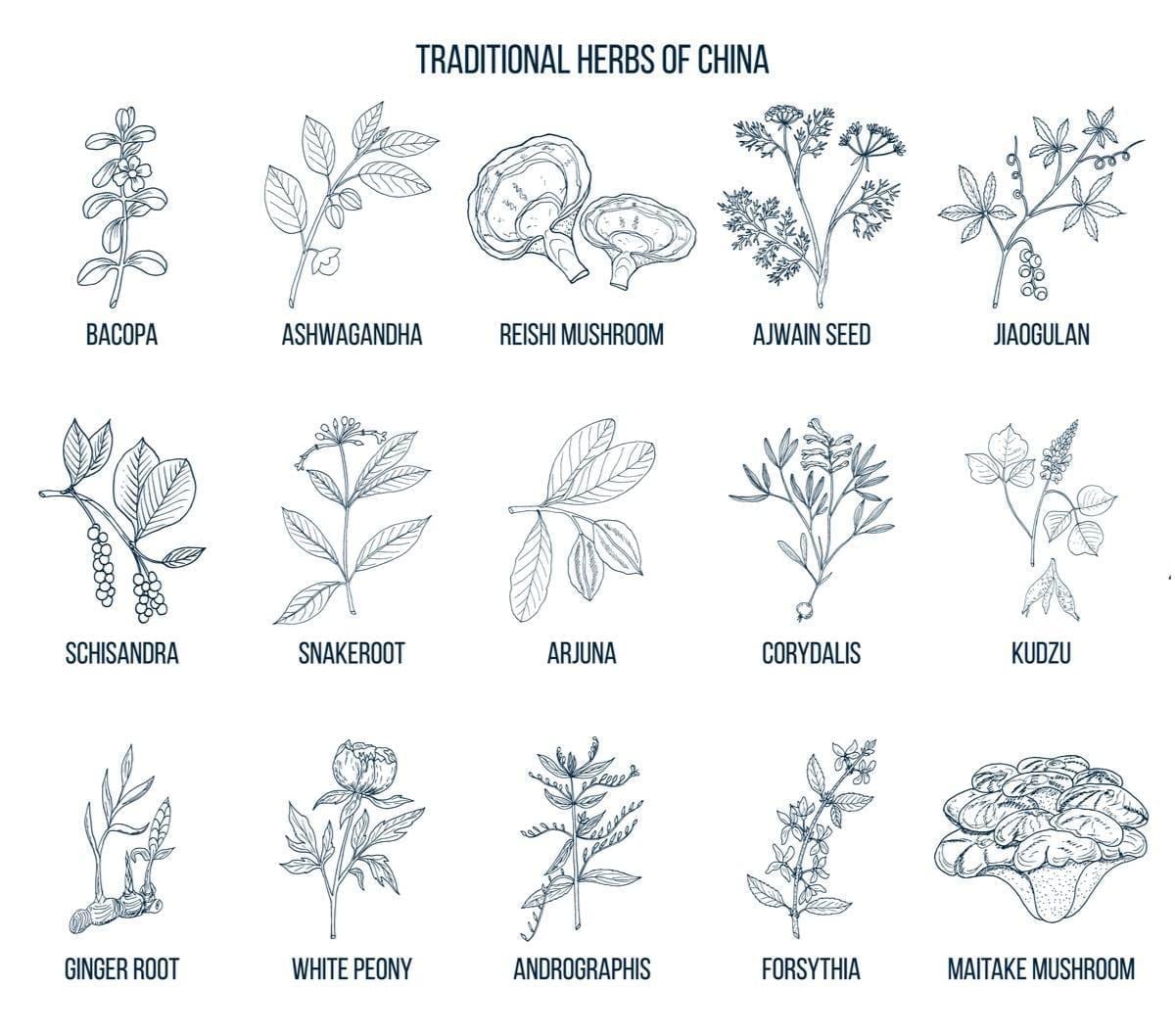
When it comes to more subtle mind and body recovery and healing approaches, immune system and energy level support, internal cleanses, whole body system strengthening, and particular body area strengthening, Traditional Chinese Medicine (TCM) and other Eastern approaches have a lot of powerful, proven methods.
The ideal approach includes the best of both hemispheres, and Fighting Arts Health Lab will provide both options, and show the benefit of an integrated approach to recovery, fitness, and optimal physical conditioning.
You’ll find all of the most powerful support, healing, and recovery options presented here for your edification. Choose those that make the most sense, hold the most proponents, or are easiest to try first.
Mix it up—try a few weeks of this approach, month of that strengthening exercise, tin of pain ointment, bottle of the immune system support or box of cleansing tea—and check it out! The one rule to keep in mind is everybody is different, and there are basics to go by, but you still won’t know for sure if it’s the best thing for your body unless you try it.
Martial artists have very different bodies, minds, dispositions, preferences, cultures, internal attitudes, past references and personal preferences. What works best for one person may not work for another. So observe, ask questions, and ultimately, try it out for yourself.
There are recovery, healing, and physical optimization methods in this section that’ll blast recovery into overdrive and optimize martial arts physical conditioning.

